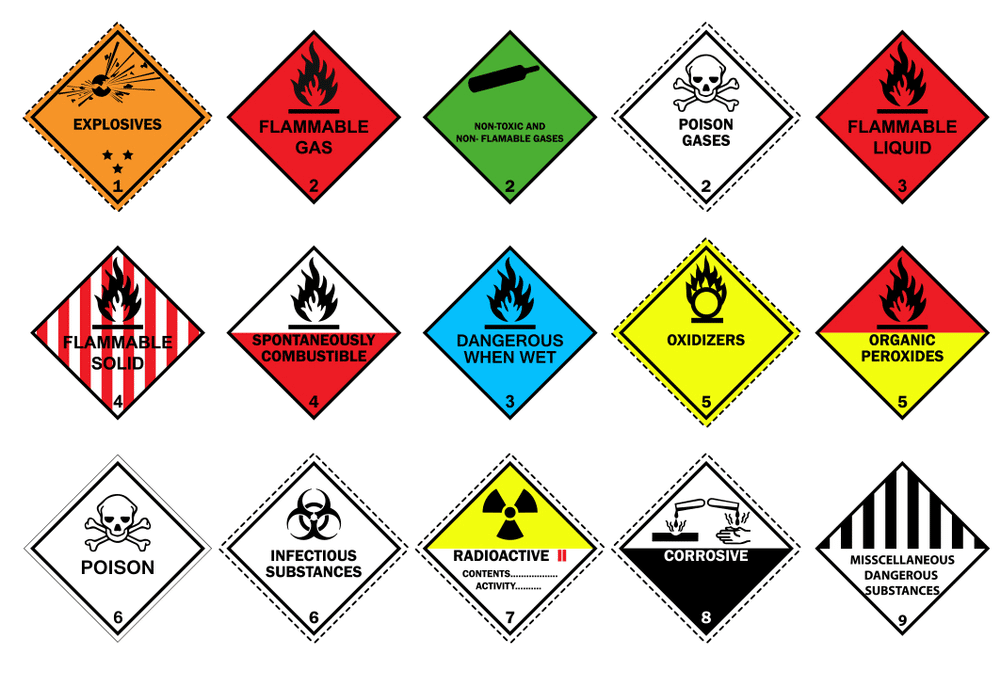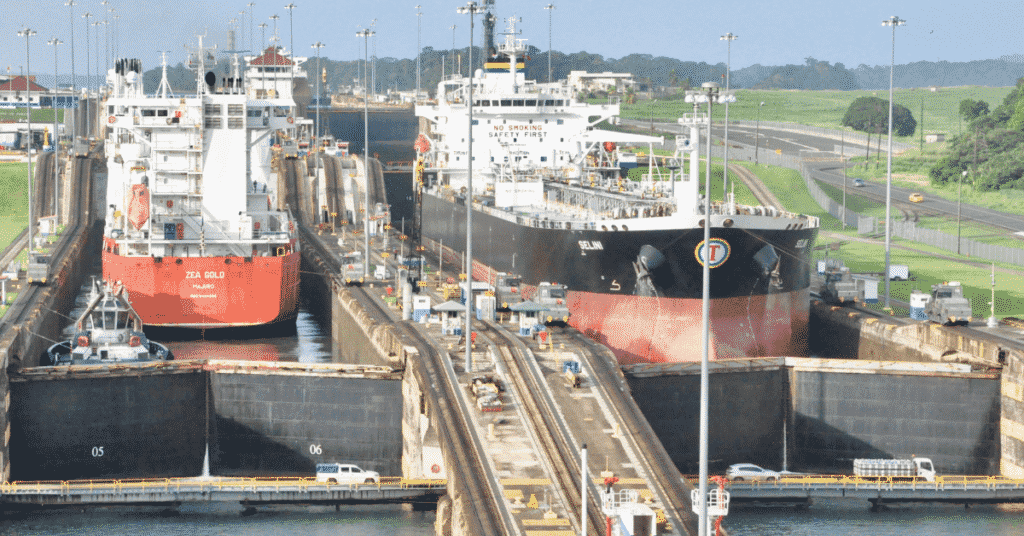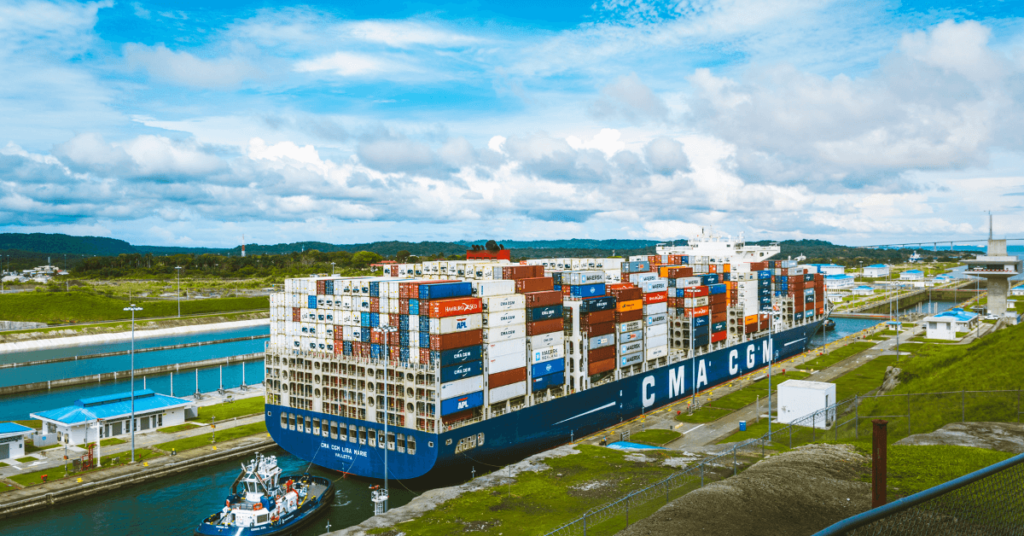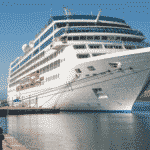A Guide To HAZMAT Cargo Loading On Ships
A variety of ships carry different types and form of cargo at sea. As per maritime regulations, there are approximately more than 5000 HAZMAT products in the database of different categories. As a maritime professional, it is important to know if there is a HAZMAT cargo on your ship.
It is a common misconception that IMDG code is the only reference for all the hazardous material shipped via sea. The IMDG code covers approximately 3500 products whereas the rest of the products are covered in IMSBC, IGC. MARPOL Annex I etc.
IMDG code is for the cargoes which are carried in packaged form, however, there are many ships that carry solid, liquid and gaseous cargo in bulk.
The Hazardous Material (HAZMAT) is transported by sea complying with various regulations concerning proper packing, storage and communication between authorities and parties involved in the transport to avoid any mishap.
The involved parties have to comply with tougher requirements as compared to other regular cargoes. The nature or category of the hazardous cargo may vary as some cargo are only pollutants, some can be harmful to humans, and some can be both.
Related Read: A Classification of Dangerous Goods
If the cargo is in packaged form, it is the duty of the shipper to properly pack the cargo as per the requirements of the IMDG code. Container ships are the most popular mode of maritime transport today and one container may carry items for different shippers. When it comes to Hazardous Material cargo, a separate container may be used to store this type of cargo with proper and secured stowage arrangement. No other form of cargo is loaded (depending upon the property of the HAZMAT) even when the container has space to occupy more cargo.
The HAZMAT cargo can be transported through different modes to reach its destination, however, out of all, transportation by the sea is considered to be the most stringent as the quantity transported is usually enormous as compared to air and road. To prepare the HAZMAT cargo transportation from the sea, Shipper and Vessel have to perform respective roles for ensuring safe passage.
Related Read: 8 Things Deck Officers Must Know While Handling Packaged IMDG Cargo
Responsibility of the Shipper:
– It is the responsibility of the shipper to classify the category of the cargo as per the specific maritime code/ annexe. This should include the Proper Shipping Name (PSN), details of the Hazardous Substance (RQ), the flash point of the product to be shipped in bulk, category of the Marine Pollutant etc.

– To appropriately pack the HAZMAT cargo to ensure the safety of the ship’s crew and cargo. If the cargo is being packed and shipped, proper securing and storing in the pallet might be needed, which is to be effectively done by the shipper
– To provide appropriate paperwork and certificates for preparing dangerous goods manifest as per the cargo to be loaded on the ship. As per the requirements, without these documents, the vessel will not load the cargo
– To provide handling and emergency procedures (e.g. Firefighting procedure for specific cargo). Some products (e.g. chemicals) may have different handling procedures and firefighting requirements when compared to a gas bottle carried as cargo on a ship
Related Read: Material Safety Data Sheet or MSDS Used on Ships
– To provide precaution and safety measures to the vessel for planning the cargo stowage. Many HAZMAT cargoes react with other types of cargo if kept together. The shipper needs to provide such details to the vessel for helping in planning the cargo stowage. For e.g. a shipment of division 2.2 non-flammable gasses and Class 3 flammable liquids must never be kept close to each other, even when they are in separate containers
– When a HAZMAT cargo is carried in the container, the shipper has to provide the Container Packing Certificate along with other HAZMAT documents to the Master/ Chief officer of the vessel, which should contain:
- A declaration stating the packing of the container has been carried out in accordance with the applicable provisions of the IMDG code
- Name of the certificate authority
- Structural serviceability of container
- Segregation requirements
- Freight container HAZCOM requirements
- Packages inspected and in good condition
The Responsibility of the Master and Ships’ Crew
Once the cargo is ready to load on a ship, the master will have the overall responsibility to ensure all the required codes and regulations are being followed properly. As the shipper will supply the documents for Master’s assessment, he/she should ensure that all shipping paper entries, package markings and certifications related to the HAZMAT cargo are in English ( or additional required languages) and permitted for ease of use.
If the shipping papers, shippers’ declaration, Container Packing Certificate and other HAZMAT related documents are not complete or miss any information, the mater has the authority to stop the loading of such cargo.

Once the master receives HAZMAT cargo for loading and its related paperwork, he/she should ensure the following:
- Concerned authorities (the port where cargo to be offloaded) are notified about the HAZMAT cargo description and requirements
- The chief officer has made the cargo stowage plan keeping in mind, the requirements for HAZMAT cargo
- During loading, the packaging (if packaged cargo) is checked and verified as per the requirement of the IMDG code
- The cargo stowage for HAZMAT cargo is done as far as possible from the accommodation
- The deck crew responsible for cargo stowage and watch knows the emergency response information
- Proper segregation of cargo is done by the crew if the ship is carrying multiple HAZMAT cargoes
Related Read: A Guide To Plan Stowage On Chemical Tankers
- The crew is aware of the incident reporting requirements
- The crew has been updated with HAZMAT Training and Security requirements
- The chief officer needs to prepare the Dangerous Cargo/ goods manifest
- The HAZMAT cargo received on the ship has been reported to the Regulatory Authorities
Dangerous goods Manifest (DGM):
Dangerous Goods Manifest is the stowage plan document for the HAZMAT cargo, which is prepared by the chief officer once the shipping papers from the Shipper or agent are received. The main purpose of creating the manifest is to ensure all the information about the HAZMAT cargoes on a ship is available at one place in a single document known as DGM. The Dangerous Cargo Manifest (DGM) has all the important and relevant information from the shipping papers and packing certificates, hence these documents are not required to accompany HazMat shipments on a vessel.
The prepared dangerous cargo manifest should include:
- Information as found on shipping papers
- Stowage plan of HAZMAT cargo loaded on the ship
- Segregation information plan of HAZMAT cargo loaded on the ship
- Emergency action plan for the HAZMAT cargo
- The vessel shall retain a copy of the DGM for at least one year
The Content of the DGM:
- The Name and IMO number or call sign of the vessel
- The nationality (Flag state) of the vessel
- Technical name and the class authorized for the dangerous good by the International Maritime Organization
- Complete description and classification of the hazardous cargoes (as given in the shipping papers)
- Total number of such packages being carried
- The location of such cargo as per the cargo stowage plan of the ship
- Responsive action in case of an emergency
- An emergency response contact number
- Gross weight for each type of packaging.
Related Read: How to Get Dangerous Cargo Endorsement Certificate?
Other relevant information which can be added in the DGM and used by the maritime or port authorities are:
- Name and contact details of the ship operator
- Location of vessel’s mooring equipment
- Details and contact number of the cargo owner
- A complete record, by time intervals of one week, of all receipts and disbursements of HazMat
- Location of the IMDG locker on the ship
- Firefighting arrangement on the ship
Location:
The Dangerous Cargo Manifest is usually kept on the vessel’s bridge when the ship is sailing and a copy is made available in the cargo control room in a designated marked holder before reaching to a port.
Even if the next port if not where the HAZMAT cargo needed to be discharged, the copy is made available for reference. As per the requirement, the Dangerous Cargo Manifest should be located as such that it is readily available in need.
The Dangerous Cargo Manifest must thoroughly be checked by Master and acknowledge for the accuracy by signing the same.
Reporting of HAZMAT cargo:
Many countries and maritime authorities require reporting of the loaded HAZMAT cargo information to a common database centre (For e.g. European Maritime Safety Agency – EMSA) for the following reasons:
- To ensure the ship is complying with legal requirements
- To enhance awareness among various stakeholders about HAZMAT cargo
- To assist the reporting parties and the authorities in finding the correct information
- For supporting the authorities by providing options for validating information received
- To assist in training personnel involved in HAZMAT Cargo
- To share the best practices in the area of handling HAZMAT
- To share the insight of accident or near miss reports for handling emergency situations
- To determine the place of refuge for ships in need of assistance
- For risk assessments in ports and waters under the jurisdiction of a member state
A common reporting platform is made available to send the report, for EMSA it is National Single Window or NSW, which can be accessed by relevant maritime and national authorities.
The Master, ship agents and ship operators are responsible to make sure that the HAZMAT goods information about the cargo being carried on the vessel is reported correctly and accurately to the NSW or relevant similar authority, depending on the location of their voyage.

The most important details which need to be reported are:
- Classification of HAZMAT goods with details of related IMO Code(s) or
- Convention Product’s name as found in the legal instruments
- UN Number of the HAZMAT good to allows the identification of the cargo
- IMO Hazard Classes – essential for the proper identification of the characteristics and properties of the substances, materials and articles
- The total quantity of each HAZMAT cargo carried on the ship
- The location on board to identify the dangerous and polluting goods which are onboard a ship for providing the necessary assistance during rescue or salvage operations
- Identification of the transport units containing dangerous or polluting goods
- Where appropriate, the class of the ship as defined by the Irradiated Nuclear Fuel Code.
Over to you..
Do you know any other important point that can be added to this HAZMAT cargo handling guide?
Let’s know in the comments below.
Disclaimer: The authors’ views expressed in this article do not necessarily reflect the views of Marine Insight. Data and charts, if used, in the article have been sourced from available information and have not been authenticated by any statutory authority. The author and Marine Insight do not claim it to be accurate nor accept any responsibility for the same. The views constitute only the opinions and do not constitute any guidelines or recommendation on any course of action to be followed by the reader.
The article or images cannot be reproduced, copied, shared or used in any form without the permission of the author and Marine Insight.
Latest Shipboard Guidelines Articles You Would Like:
Do you have info to share with us ? Suggest a correction
Subscribe To Our Newsletters
By subscribing, you agree to our Privacy Policy and may receive occasional deal communications; you can unsubscribe anytime.
Web Stories

About Author
An ardent sailor and a techie, Anish Wankhede has voyaged on a number of ships as a marine engineer officer. He loves multitasking, networking, and troubleshooting. He is the one behind the unique creativity and aesthetics at Marine Insight.





















